Stock Market Today: Stocks Briefly Sputter as Fed Projects Higher Rates in 2023
The Federal Reserve said Wednesday that it anticipates rate hikes might be here sooner than previously expected, providing a brief market shakeup.
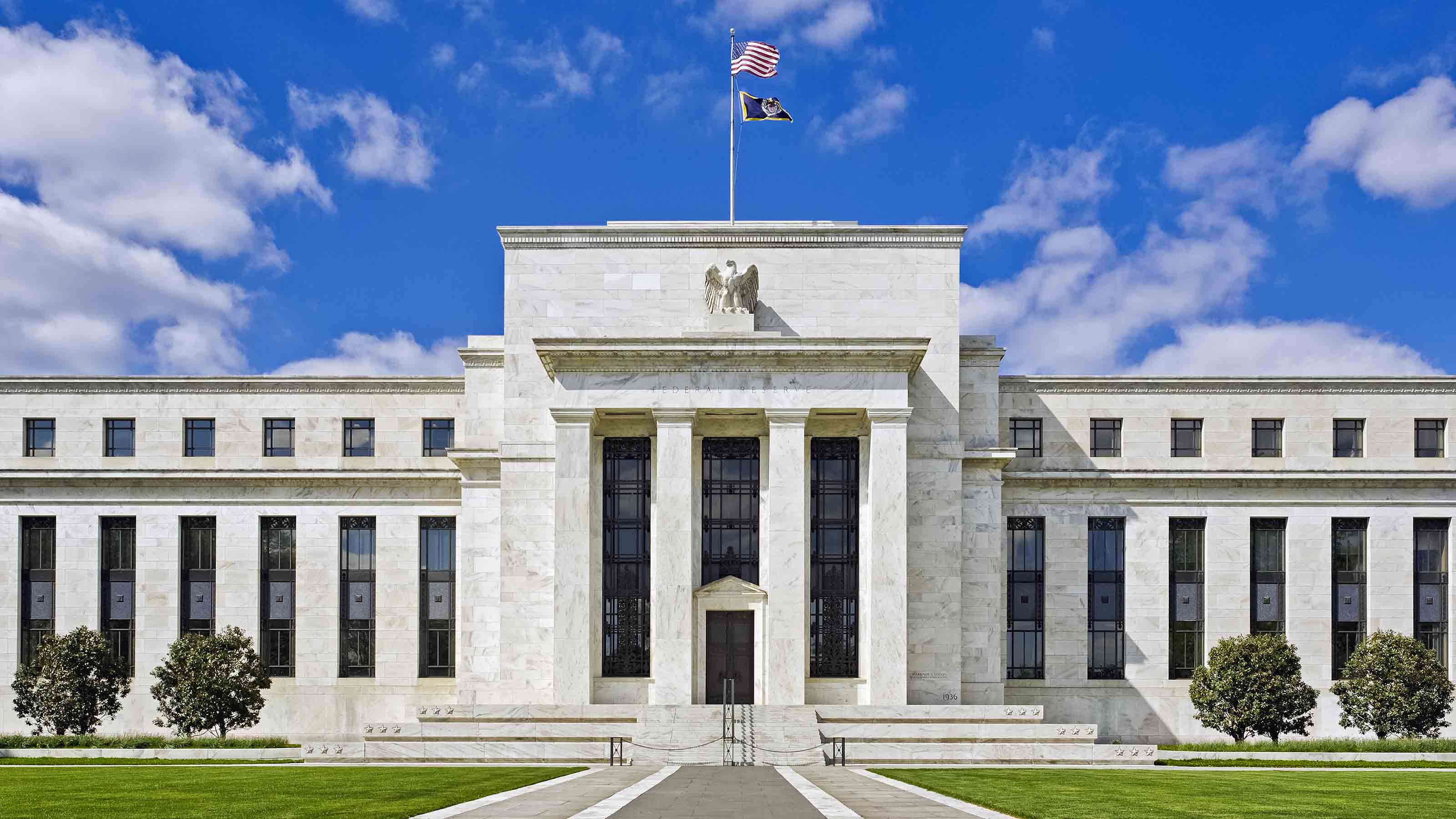

The writing on the wall – that the clock is ticking on near-zero interest rates – grew increasingly clear Wednesday as the Federal Reserve projected higher benchmark rates by the end of 2023 in its latest policy announcement.
The Fed's statement, released in the afternoon, showed a median forecast of two 25-basis-point rate hikes in 2023, up from zero increases in March. (A basis point is one one-hundredth of a percentage point.) Moreover, seven FOMC participants forecast at least one hike in 2022, up from five in March.
“As widely expected, the Fed made no changes to its bond buying program or the Fed funds rate and the statement re-affirmed the belief among participants that the recent spike in inflation is largely transitory,” says Anu Gaggar, senior global investment analyst for Commonwealth Financial Network. “However, when you peel the layers, the dot plot is conveying a slightly different story."

Sign up for Kiplinger’s Free E-Newsletters
Profit and prosper with the best of expert advice on investing, taxes, retirement, personal finance and more - straight to your e-mail.
Profit and prosper with the best of expert advice - straight to your e-mail.
"The Fed seems to be setting the stage to begin tapering by the end of this year, ending QE by the end of next year, and commencing rate hikes by the end of 2023," adds Michael Gregory, deputy chief economist for BMO Capital Markets.
However, Gregory notes that "even as these events occur, policy will still be very accommodative." Indeed, the Fed maintained its pace of asset purchases for now, and Fed chief Jerome Powell indicated any tapering is by no means imminent.
The major indexes briefly stumbled to their lows of the day after the announcement, but recovered at least some of their ground to finish with slight losses. The Dow Jones Industrial Average fell hardest, and even that was a mild 0.8% decline to 34,033. The S&P 500 slipped 0.5% to 4,223, and the Nasdaq Composite retreated by just 0.2% to 14,039.
"The Fed didn’t rock the boat," says Ryan Detrick, Chief Market Strategist for LPL Financial. "They increased their inflation outlook and upped GDP forecasts; everyone expected that. Yes, the first hike will now be in 2023, but again, this shouldn't have been a surprise to anyone."
Other action in the stock market today:
- The small-cap Russell 2000 declined 0.2% to 2,314, extending its losing streak to three days.
- Blue Apron Holdings (APRN, -21.5%) plunged Wednesday after the meal-kit service priced a 4.7-million secondary stock offering at $4.25 per share – a steep discount to last night's close at $5.53.
- Oracle (ORCL, -5.6%) was a notable decliner, too, falling in the wake of the enterprise software maker's earnings report. While ORCL beat on both the top and bottom lines in its fiscal fourth quarter, it gave disappointing guidance for the current quarter and announced plans to roughly double its cloud capital expenditure spending in fiscal 2022.
- H&R Block (HRB, -6.5%) was another post-earnings loser. The tax preparation firm reported higher-than-expected adjusted earnings in its fiscal Q4, but revenue fell just short of analysts' consensus estimate.
- U.S. crude oil futures managed a marginal gain to finish at $72.15 per barrel.
- Gold futures added 0.3% to end at $1,861.40 an ounce, snapping their three-day losing streak.
- The CBOE Volatility Index (VIX) rose yet again, climbing 6.5% to a monthlong high of 18.13.
- Bitcoin prices declined along with stocks, dropping 3.1% to $38,712.79. (Bitcoin trades 24 hours a day; prices reported here are as of 4 p.m. each trading day.)
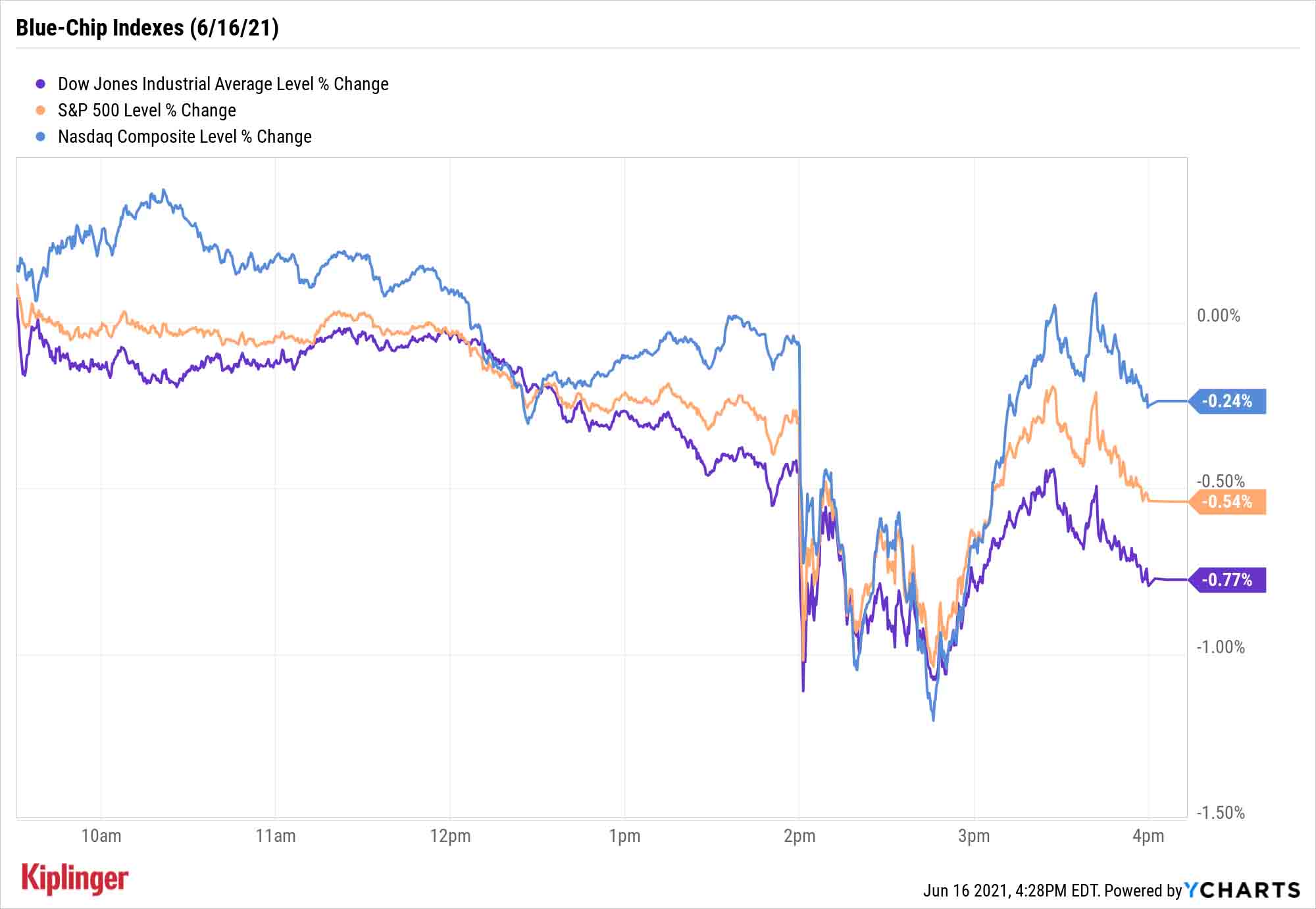
Fed Raises Inflation Expectations, Too
While the central bank continued to insist that many inflationary pressures are "transitory," it bumped up its headline inflation forecast for 2021 by a full percentage point, and its 2022 and 2023 expectations by 10 basis points each.
"The economy is making progress," say Mizuho economists Steven Ricchiuto and Alex Pelle. "Growth and inflation forecasts were both upgraded in the short-term, along with an increase in the Committee’s evaluation of inflation risk to the upside. This makes many inflation hawks deeply uncomfortable."
If higher inflation expectations give you concerns about your portfolio, you at least now have some official grounds for worry.
"Persistently high inflation has frequently led to lower stock returns," says Ally Invest President Lule Demmissie, who points out that since 1990, the S&P 500 produced lower one-, six- and 12-month returns when core CPI growth was 2% or higher year-over-year.
But inflation doesn't have to doom your portfolio, Demmissie adds. "Stable dividend payers tend to thrive as investors focus on cash flows instead of growth potential."
She points to the success of the Dividend Aristocrats, which outperformed the S&P 500 by an average of 8.6% (including dividends) in those years. Investors can find similar income stability with the European Dividend Aristocrats or even Canada's Dividend Aristocrats.
As for those who prefer to keep their investments domestic, investors can afford to be choosy about which members of the dividend royalty they embrace. It just so happens that much of the peerage is on sale at the moment. Indeed, several Aristocrats are trading at cheaper valuations than their blue-chip peers – a noteworthy bonus amid what is currently a very expensive market.
Get Kiplinger Today newsletter — free
Profit and prosper with the best of Kiplinger's advice on investing, taxes, retirement, personal finance and much more. Delivered daily. Enter your email in the box and click Sign Me Up.
Kyle Woodley is the Editor-in-Chief of WealthUp, a site dedicated to improving the personal finances and financial literacy of people of all ages. He also writes the weekly The Weekend Tea newsletter, which covers both news and analysis about spending, saving, investing, the economy and more.
Kyle was previously the Senior Investing Editor for Kiplinger.com, and the Managing Editor for InvestorPlace.com before that. His work has appeared in several outlets, including Yahoo! Finance, MSN Money, Barchart, The Globe & Mail and the Nasdaq. He also has appeared as a guest on Fox Business Network and Money Radio, among other shows and podcasts, and he has been quoted in several outlets, including MarketWatch, Vice and Univision. He is a proud graduate of The Ohio State University, where he earned a BA in journalism.
You can check out his thoughts on the markets (and more) at @KyleWoodley.
-
 How Many IRS Commissioners Have We Gone Through This Year?
How Many IRS Commissioners Have We Gone Through This Year?IRS Who were the former commissioners, and why did they resign? Find out how IRS turnover can impact your taxes.
By Kate Schubel
-
 Trump Dials Back Most Tariffs but Targets China
Trump Dials Back Most Tariffs but Targets ChinaThe Kiplinger Letter Wall Street hopes that higher tariffs on most countries are on hold for good. But the trade war between the U.S. and China is heating up.
By Jim Patterson
-
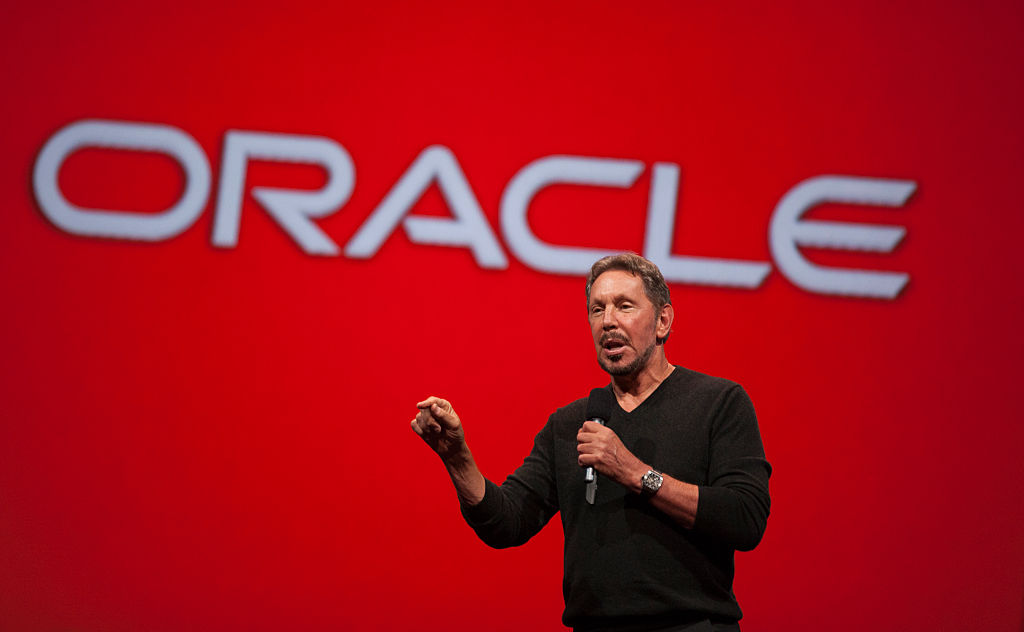 Relentless Leadership Drives Oracle Stock's 100,000% Return
Relentless Leadership Drives Oracle Stock's 100,000% ReturnOracle's share price growth also benefits from the company's commitment to innovation and tech investment.
By Louis Navellier
-
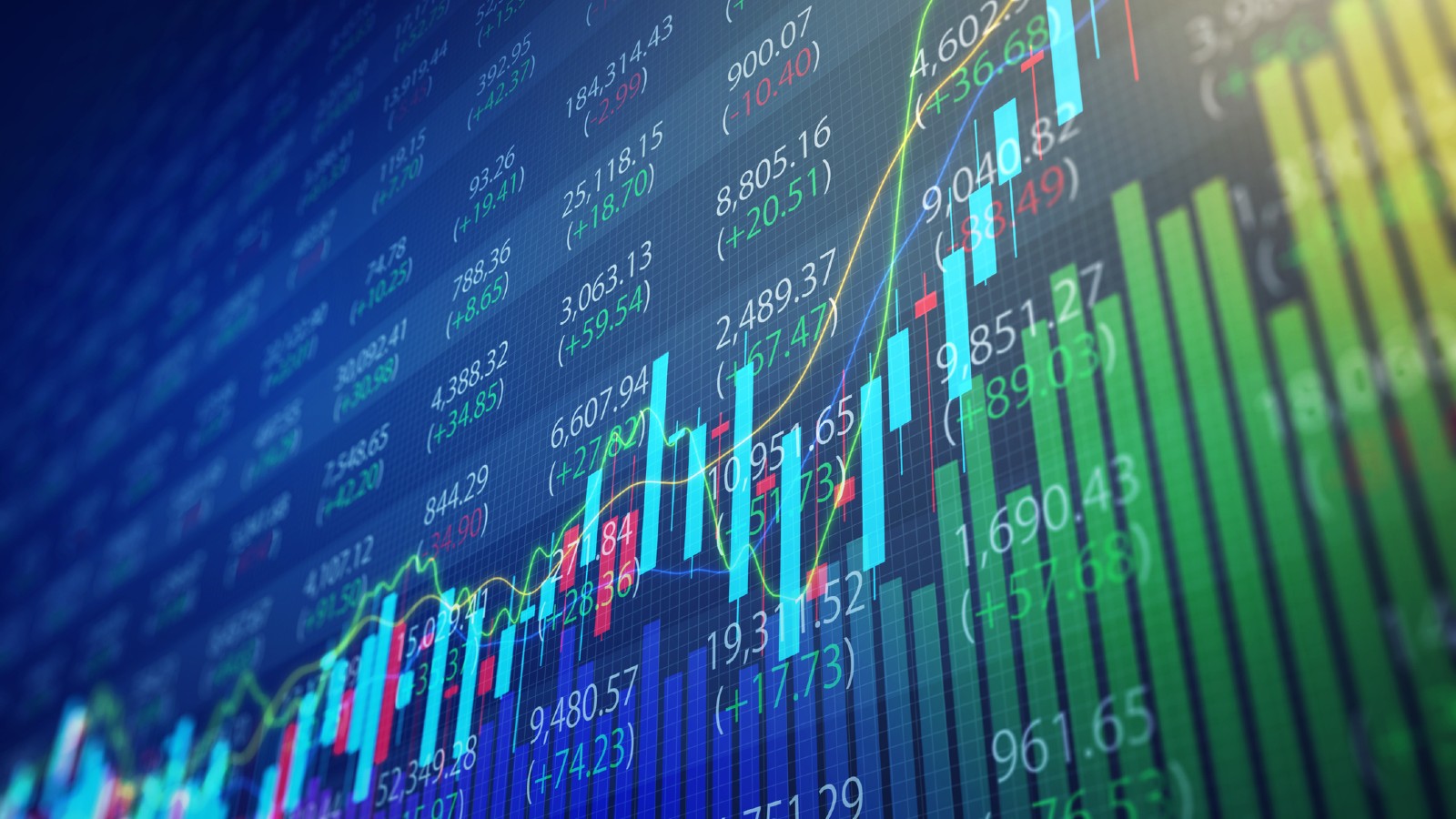 Stock Market Today: Earnings and AI Send Stocks to New Highs
Stock Market Today: Earnings and AI Send Stocks to New HighsA massive investment in artificial intelligence and upbeat earnings pushed equities to record levels.
By Dan Burrows
-
 Oracle Stock Surges on Trump's Stargate Project
Oracle Stock Surges on Trump's Stargate ProjectOracle stock is higher Wednesday after President Trump announced the $500 billion AI-focused Stargate Project. Here's what you need to know.
By Joey Solitro
-
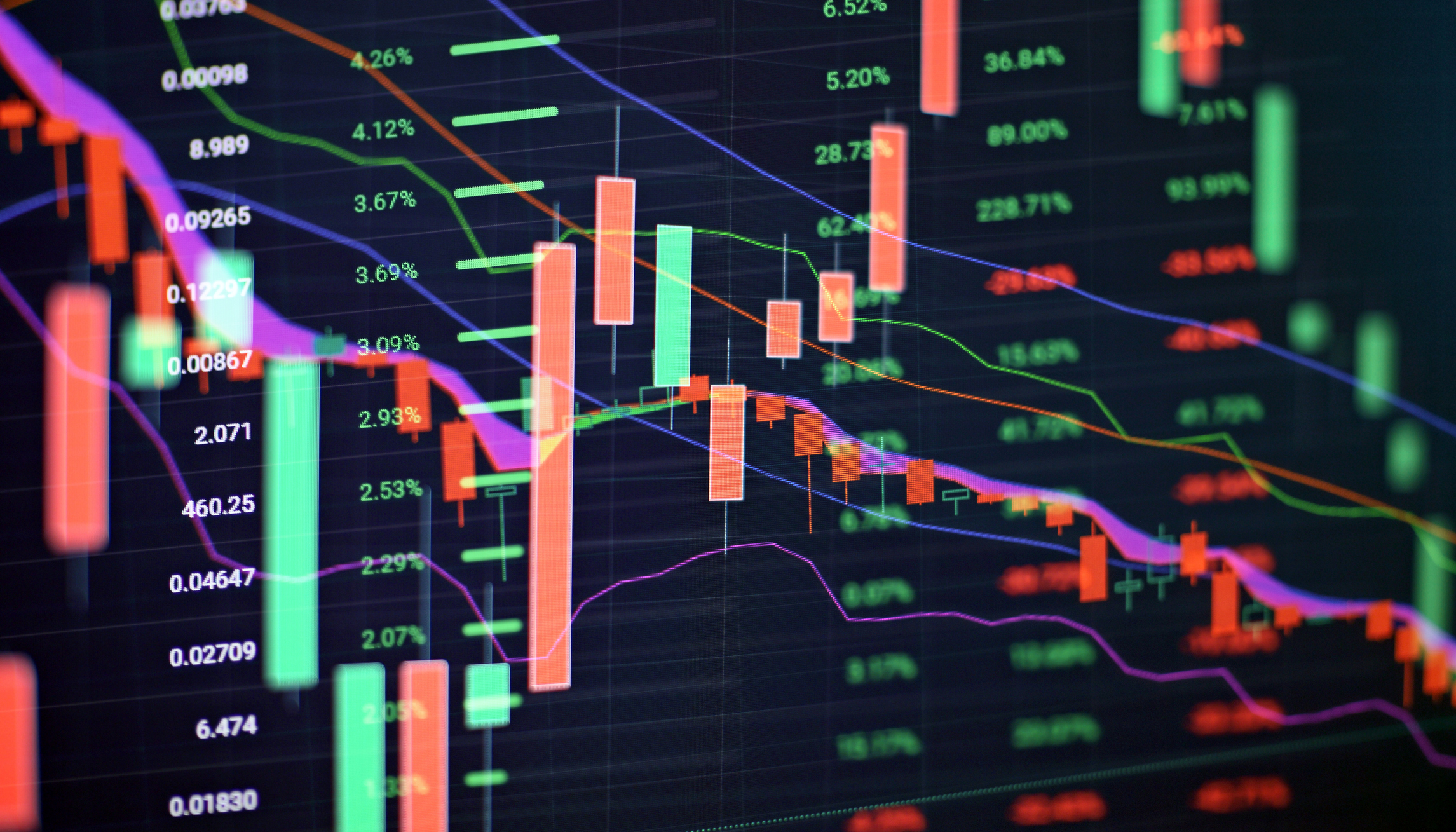 Stock Market Today: Stocks Shrink From Highs as CPI Looms
Stock Market Today: Stocks Shrink From Highs as CPI LoomsThe Nasdaq hit a new record early Tuesday but drifted lower into the closing bell.
By David Dittman
-
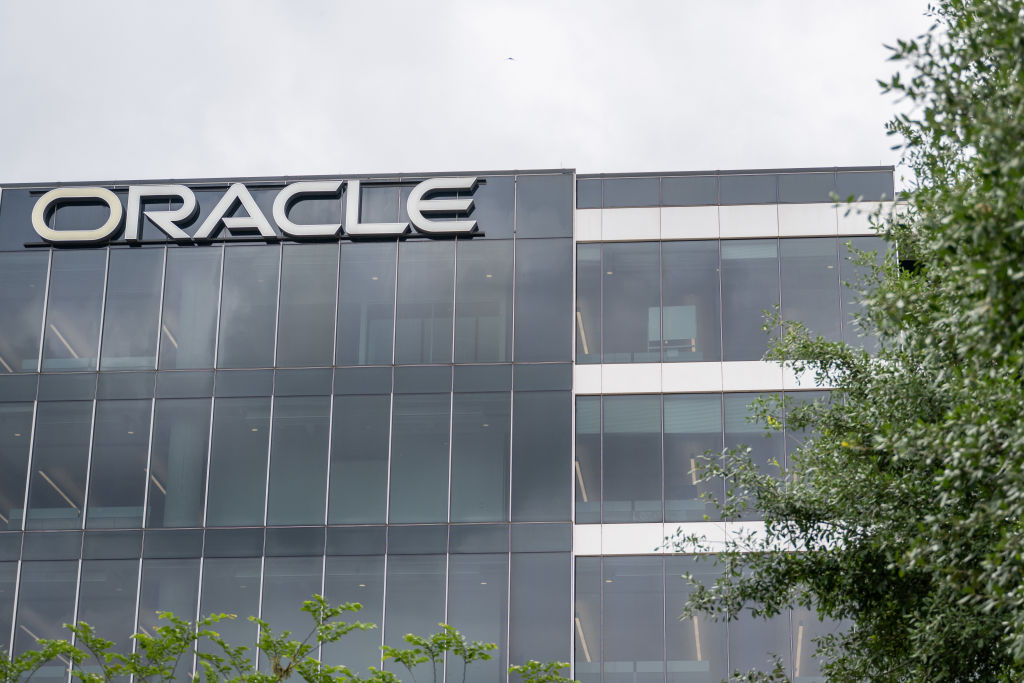 Oracle Stock Is Sinking After Earnings. Here's Why
Oracle Stock Is Sinking After Earnings. Here's WhyOracle stock is lower Tuesday after the tech giant fell short of earnings expectations for its fiscal second quarter. This is what you need to know.
By Joey Solitro
-
 Why Is Warren Buffett Selling So Much Stock?
Why Is Warren Buffett Selling So Much Stock?Berkshire Hathaway is dumping equities, hoarding cash and making market participants nervous.
By Dan Burrows
-
 If You'd Put $1,000 Into Google Stock 20 Years Ago, Here's What You'd Have Today
If You'd Put $1,000 Into Google Stock 20 Years Ago, Here's What You'd Have TodayGoogle parent Alphabet has been a market-beating machine for ages.
By Dan Burrows
-
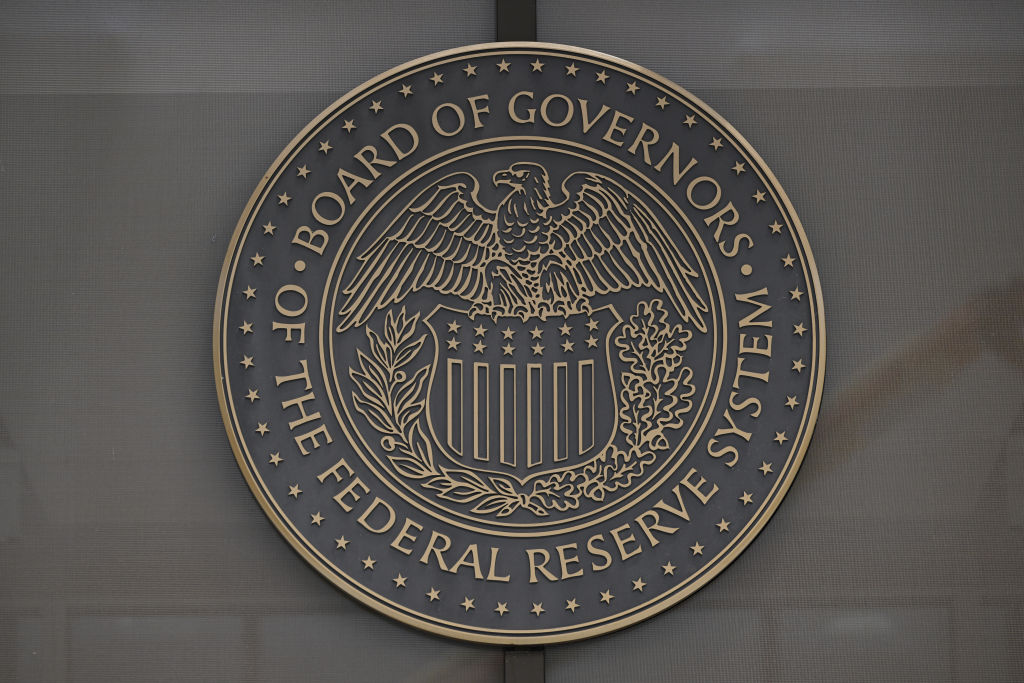
 Stock Market Today: Stocks Swing Lower After Fed's Jumbo Rate Cut
Stock Market Today: Stocks Swing Lower After Fed's Jumbo Rate CutThe Federal Reserve caught plenty of folks off-guard with its jumbo-sized half-percentage point rate cut.
By Karee Venema